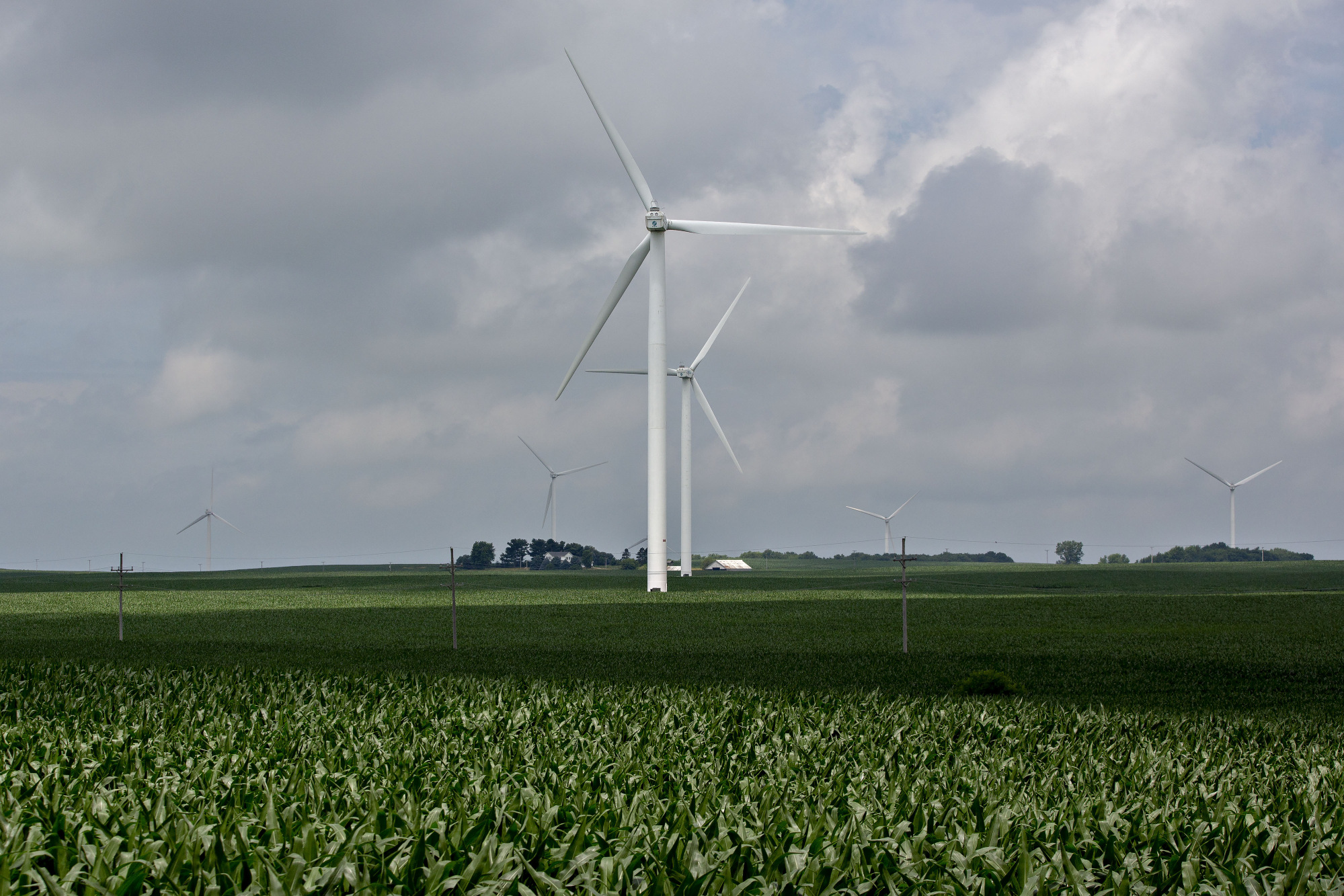A 40-year-old law that’s been key to the growth of renewable energy in the U.S. may be due for an overhaul.
Much has changed since the Public Utility Regulatory Policies Act, called Purpa, was established in response to the Arab oil embargo of the early 1970s. Concerned about energy shortages, Congress wrote the law in part to encourage alternative energy. But that era of scarcity has since been replaced by one of abundance. And utilities say that Purpa should change with the times.
“Changes to the market need to be reflected in the law,” said Adam L. Benshoff, executive director for regulatory affairs at the Edison Electric Institute, an industry association. “We’re certainly missing an opportunity to reduce costs for customers.”
They may get their wish. Neil Chatterjee, the new chairman of the Federal Energy Regulatory Commission, which oversees U.S. power markets, has indicated that his agency should take a look at the law. But he hasn’t outlined a timeline or scope of that effort.
Market Abuses
As it’s written, Purpa requires utilities to purchase power from renewable energy projects under certain circumstances. If a developer can build a project for less than a utility can build a new power plant, then they can request a contract to sell power to the utility.
Purpa Power
But utilities argue that developers have figured how to take advantage of the system. They’re asking for immediate fixes to prevent market abuses, and curb instances in which developers break up their projects into smaller ones to qualify for higher rates, according to the Edison Electric Institute. Reducing the threshold for mandatory purchases could also be looked at.
“We’re asking for Purpa to be modified in a way that more truly reflects avoided cost and stops some of the gaming,” said Benshoff.
Still Relevant
Purpa proponents, including solar and wind developers, reject the notion that it’s outdated, saying it’s essential to giving renewables a leg up in states that aren’t traditionally green leaning.
“Purpa has been a backdoor option to get some renewable projects to states that have few other policy levers that are incentivizing renewable energy,” said Timothy Fox, vice president at ClearView Energy Partners LLC. “If the implementation of Purpa is reformed, we could see a slowdown in some of the states with more conventional resources,” he said.
About 15 percent of U.S. solar capacity and 3 percent of wind planned to come online in the next few years may rely on Purpa, according to Bloomberg Intelligence.
The solar industry argues that any changes should be focused on making sure the law is enforced.
It’s all a far cry from when Charles Copeland was working as an engineer on an abandoned building in New York City’s Lower East Side back in the 1970s. He designed a solar collector system for a group of residents that generated power for the building and sent the excess to Con Edison.
The utility sued the residents, but the Public Service Commissioner ruled in favor of the building, and the ruling became a crucial forerunner of Purpa. Forty years later, Copeland says the law is as essential as ever.
“It’s even more urgent now, in terms of global warming,” he said.



